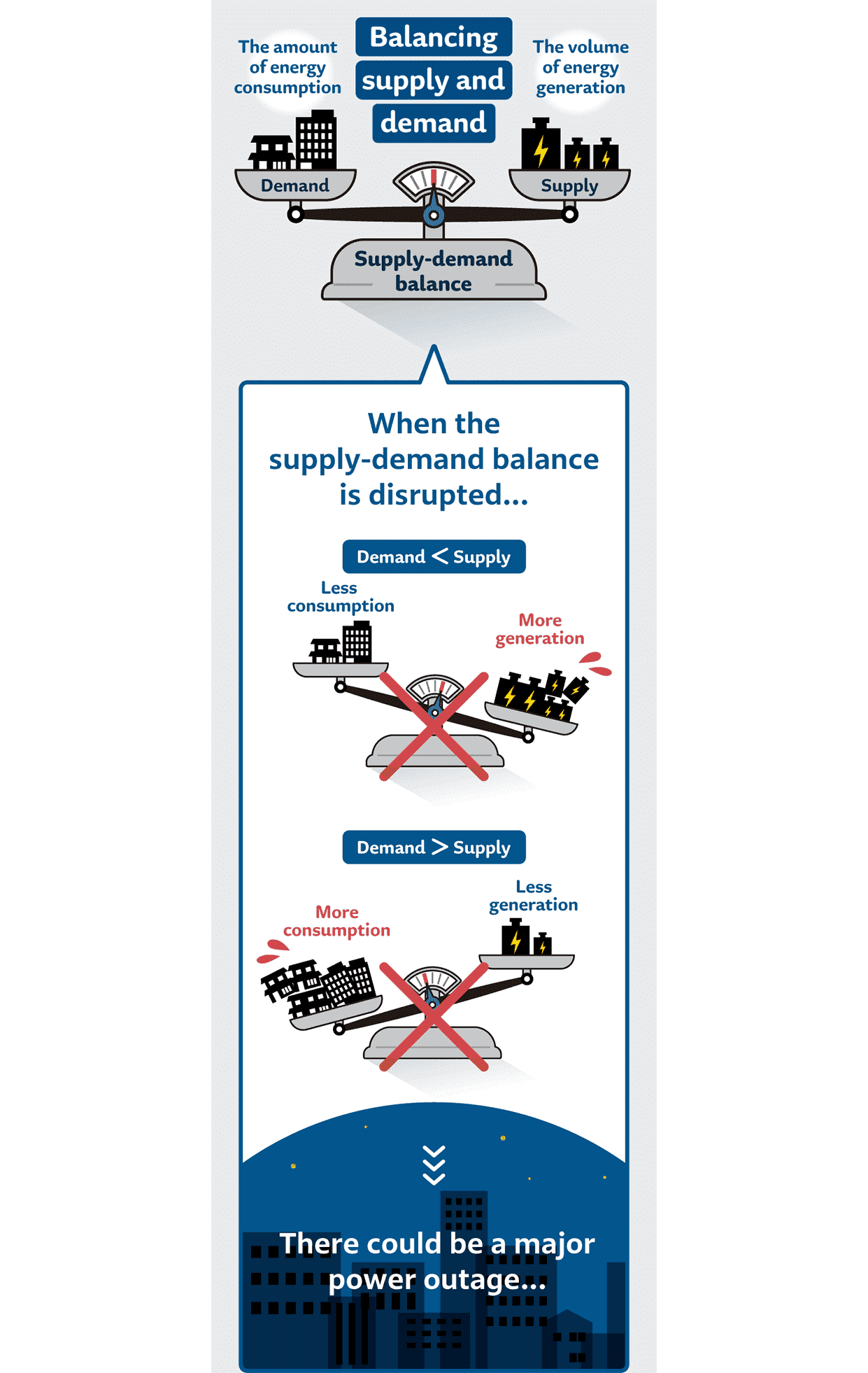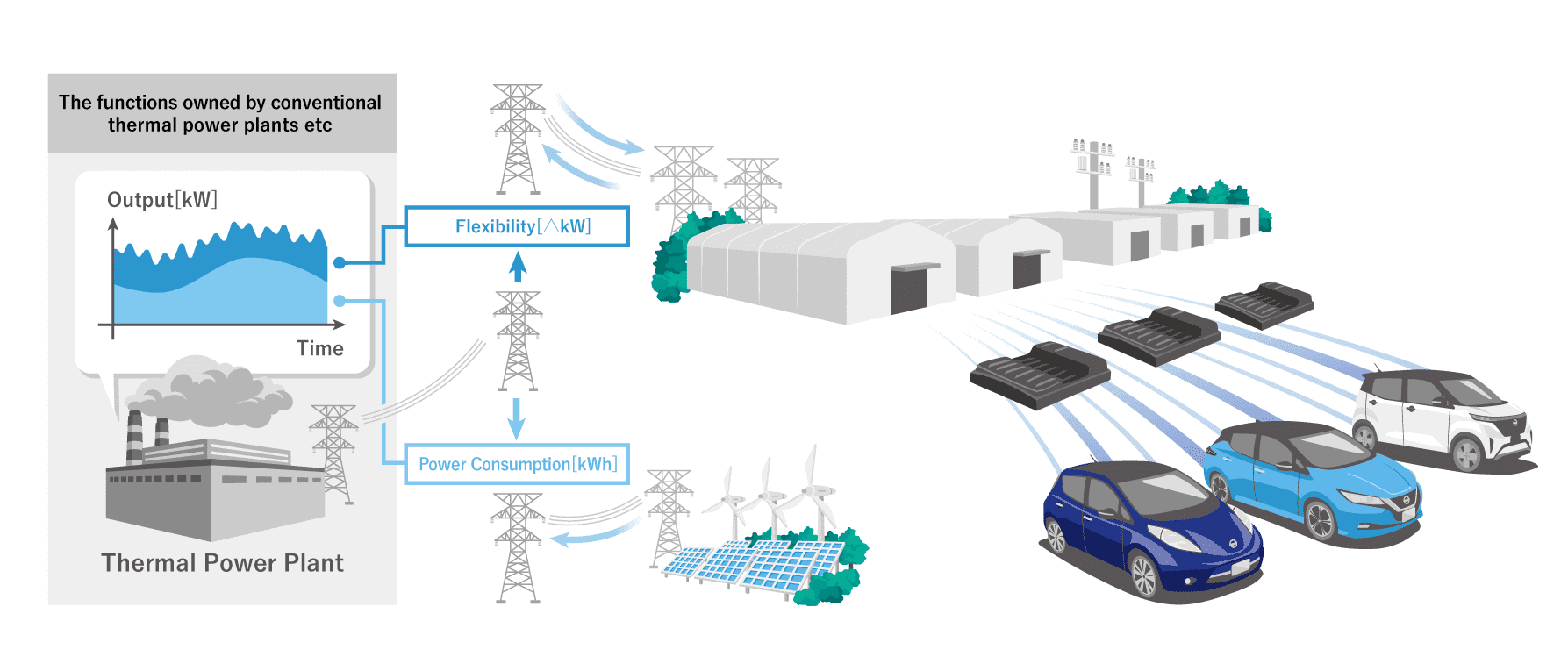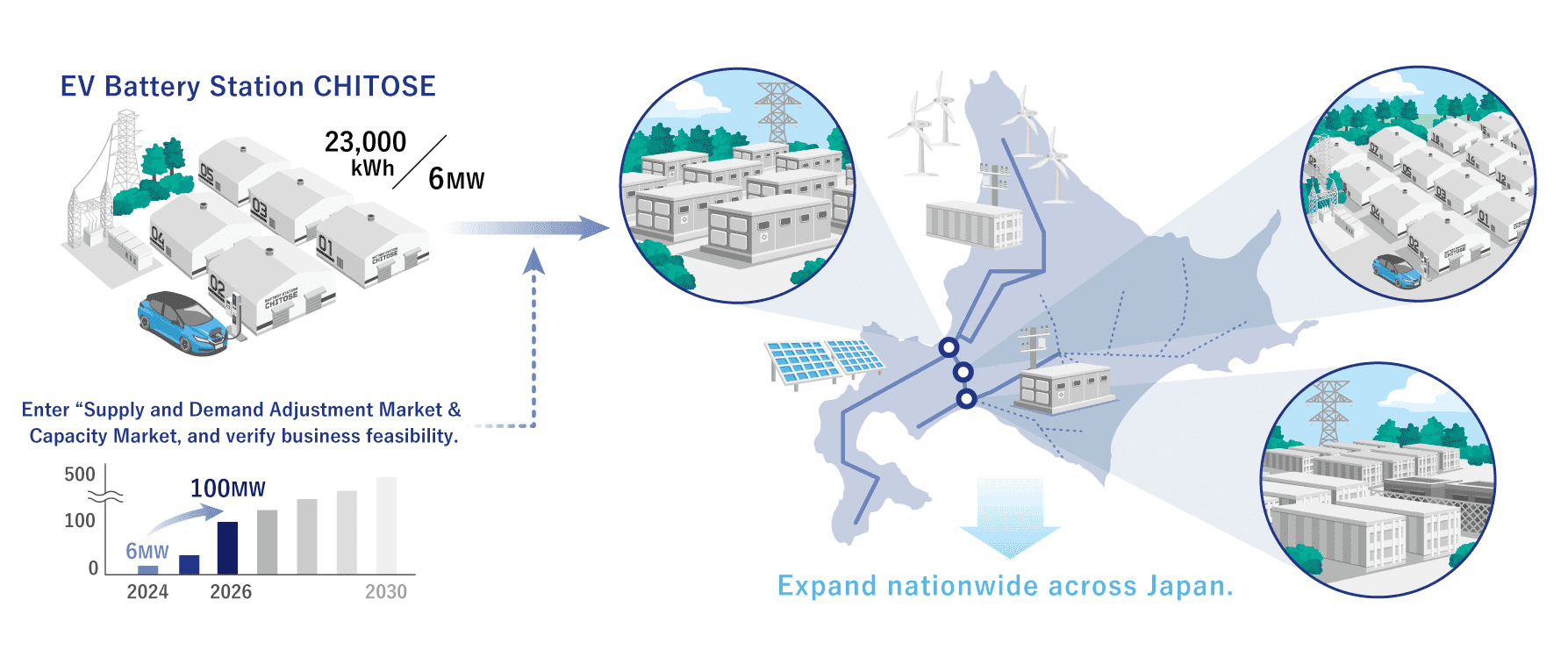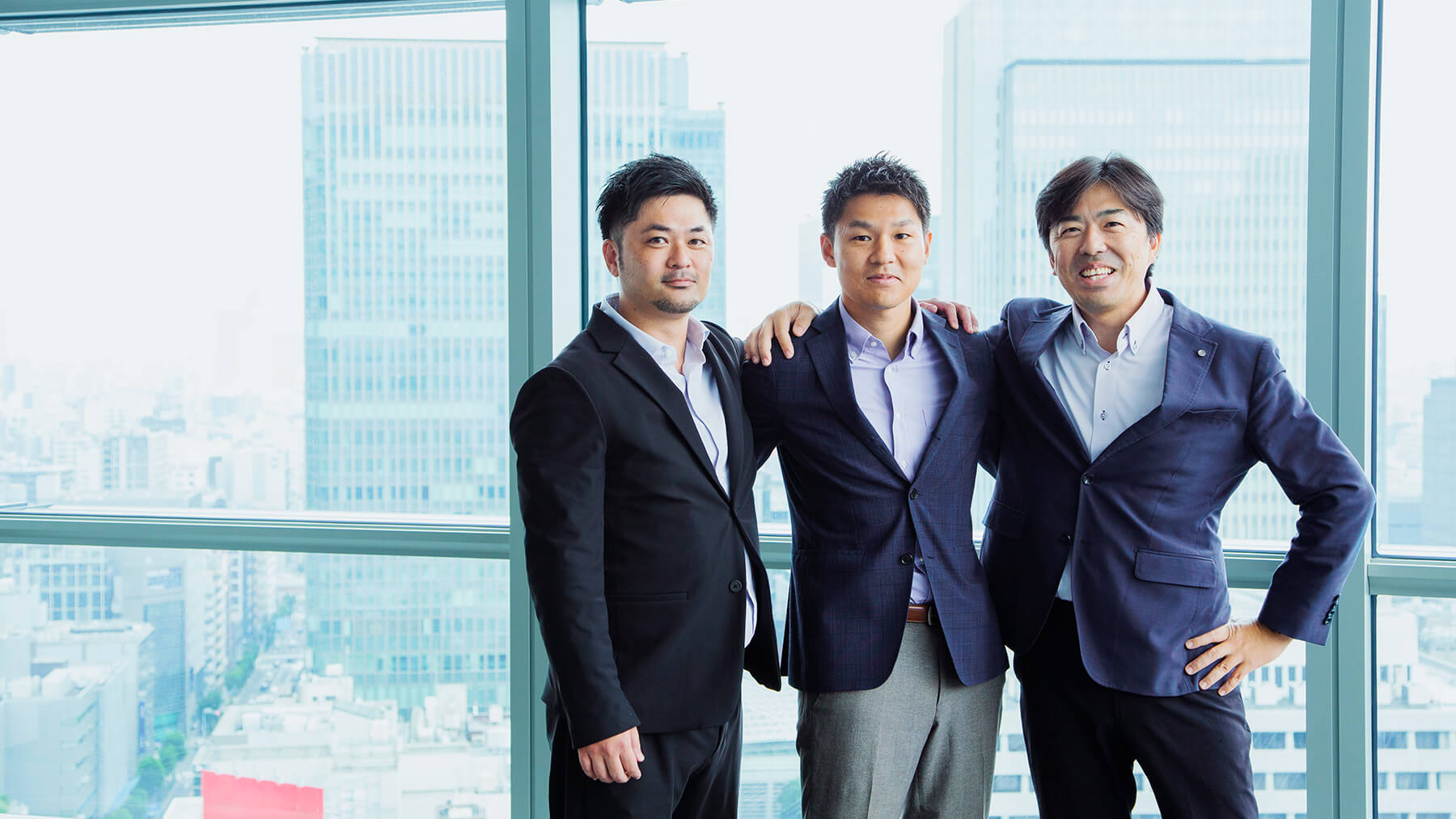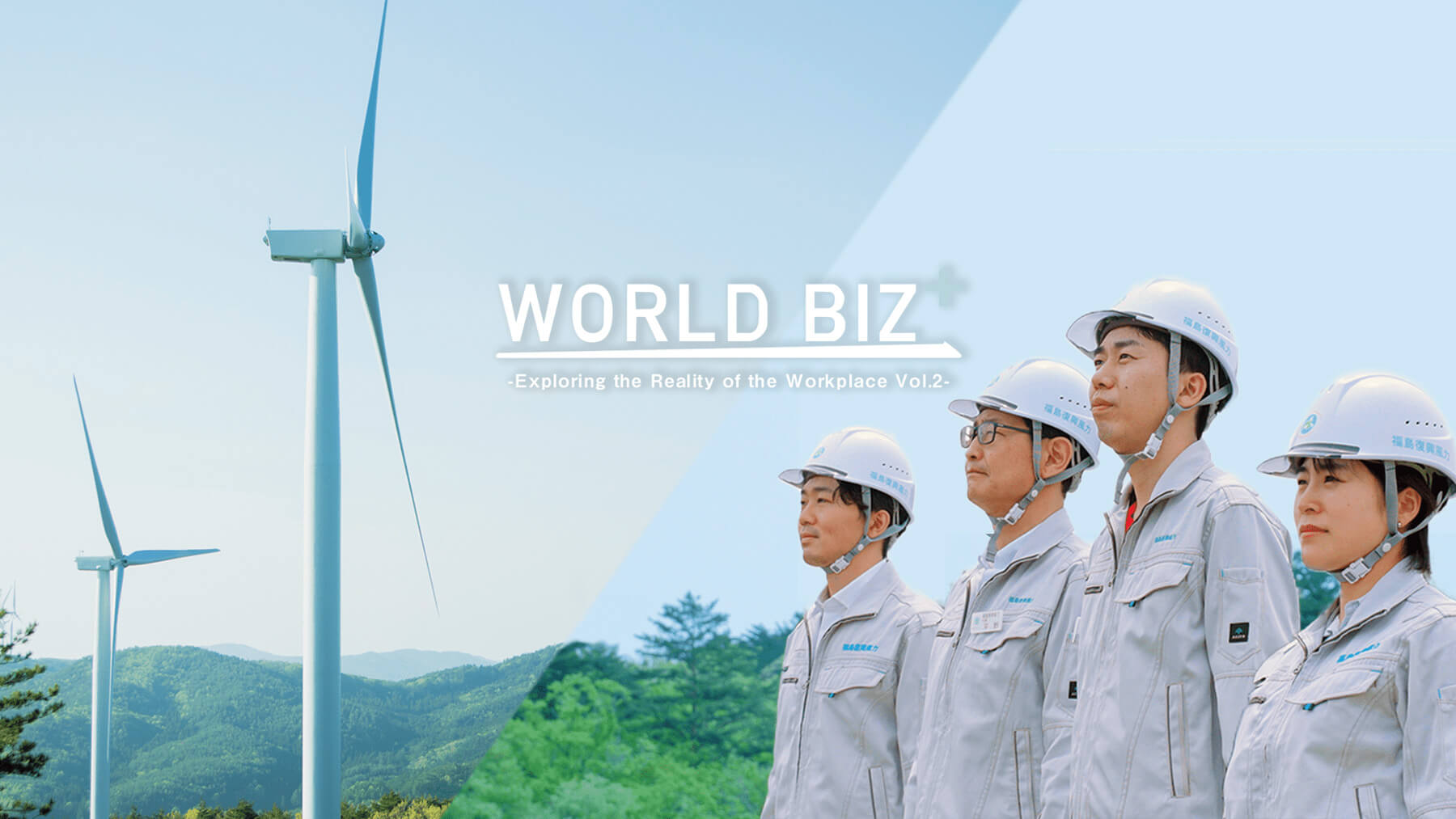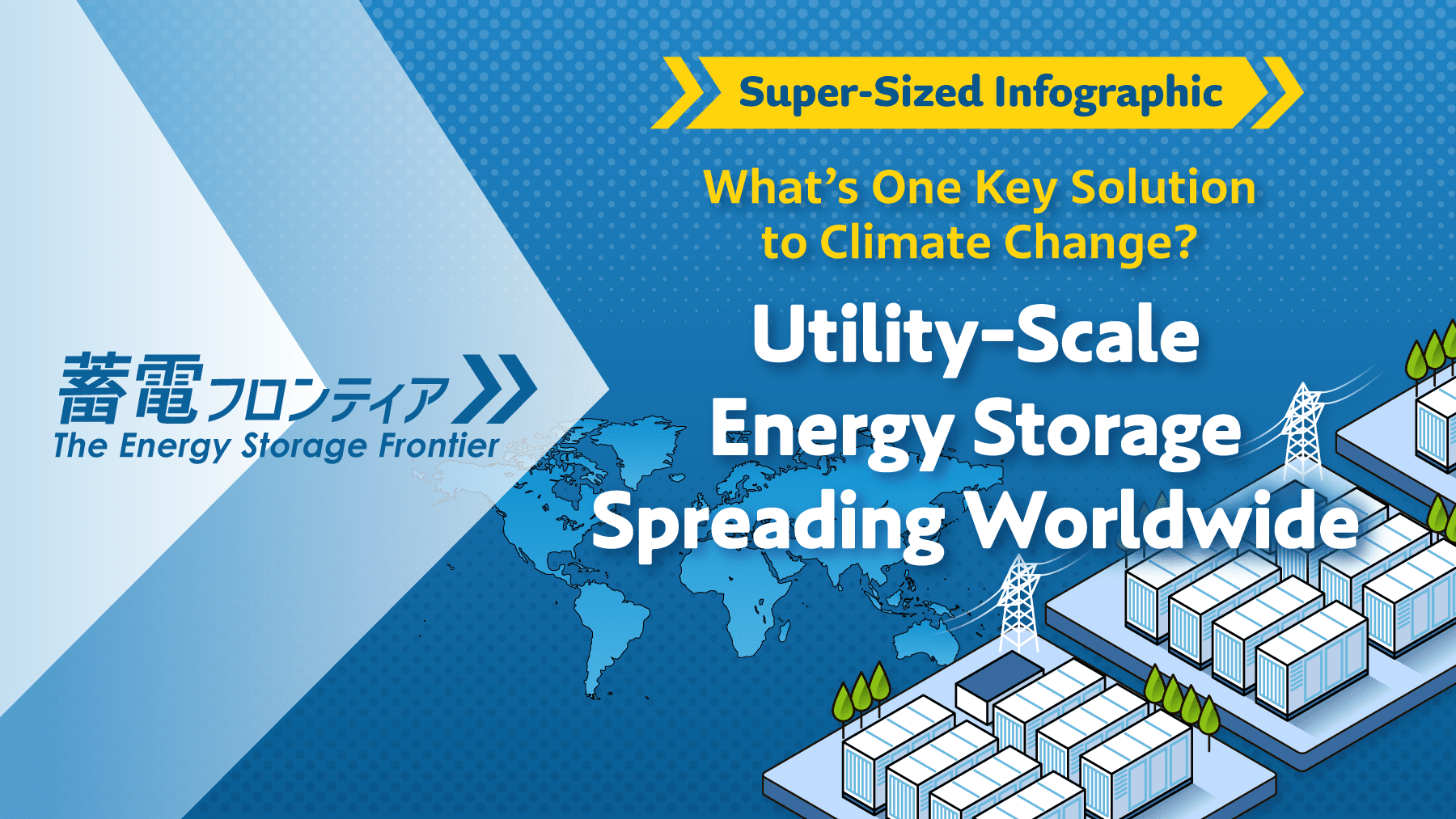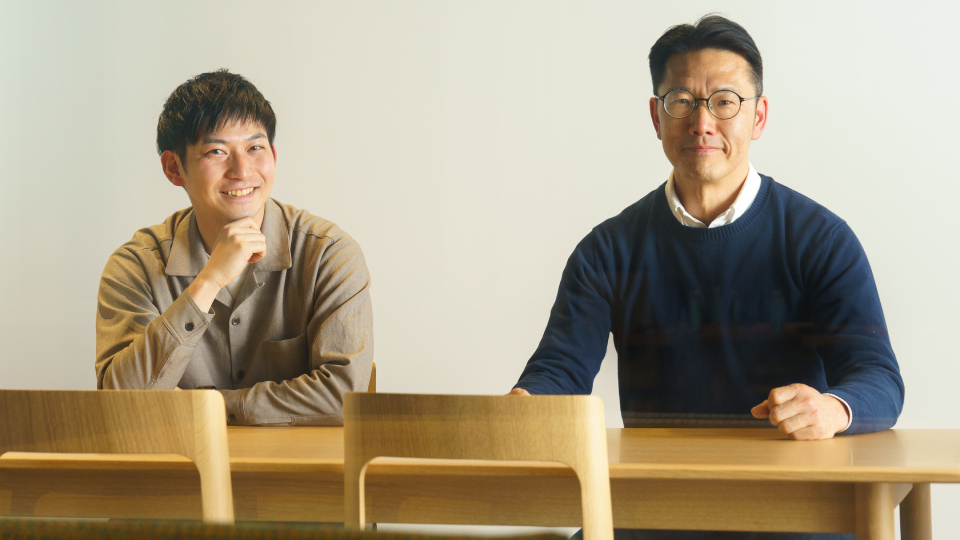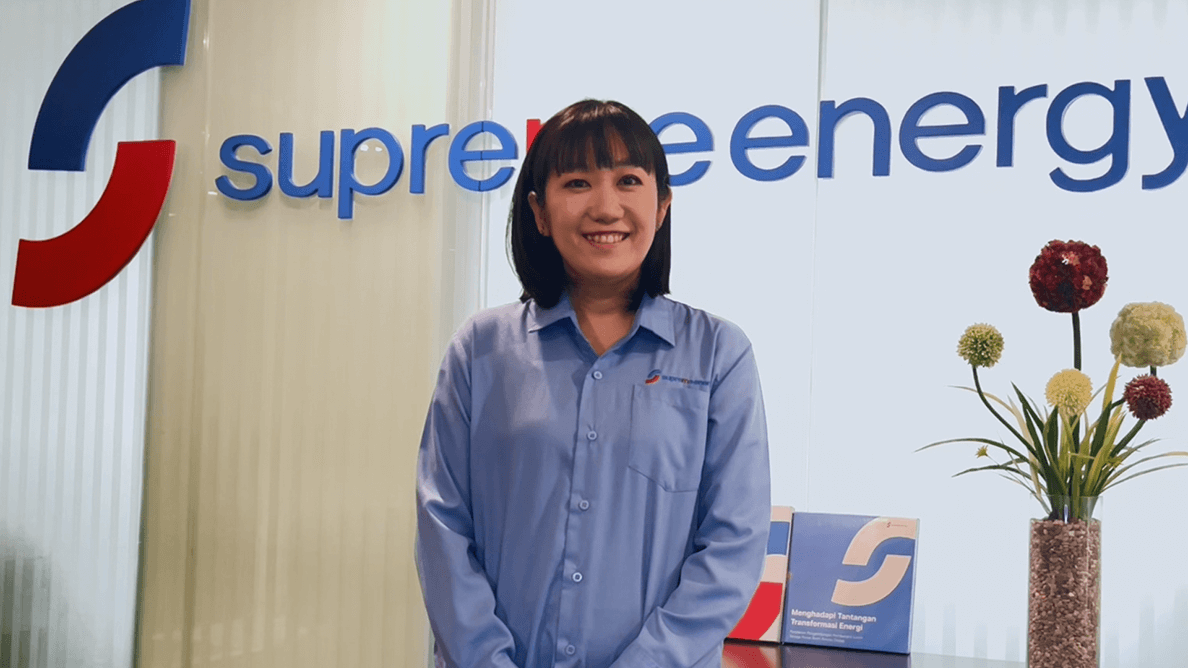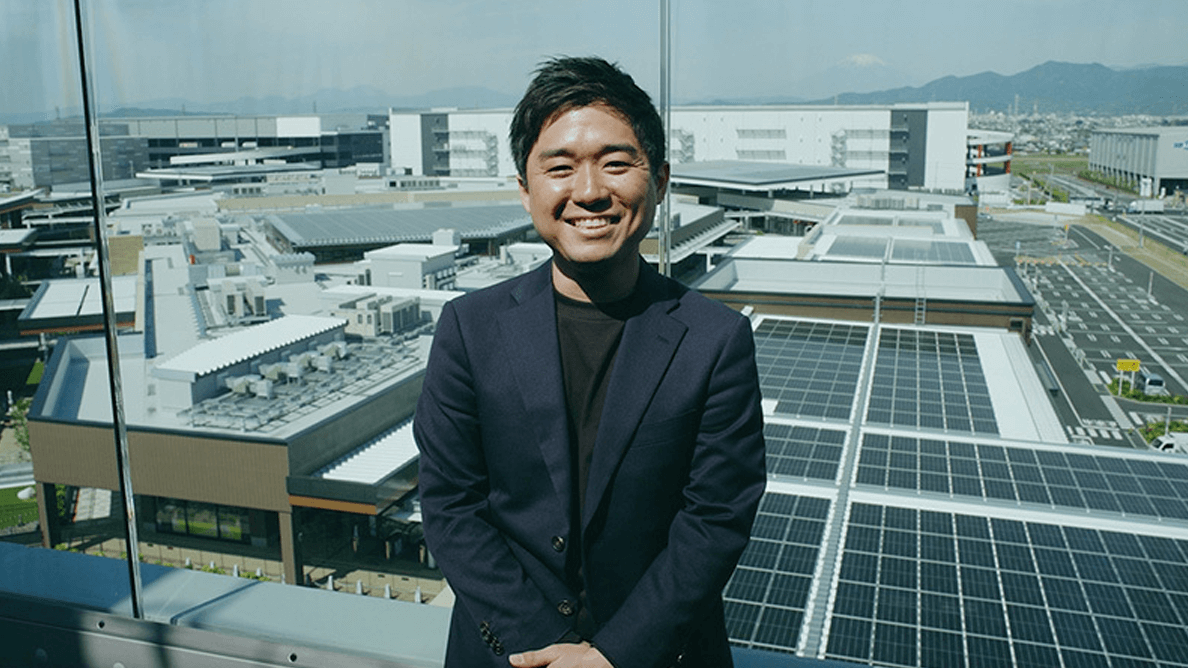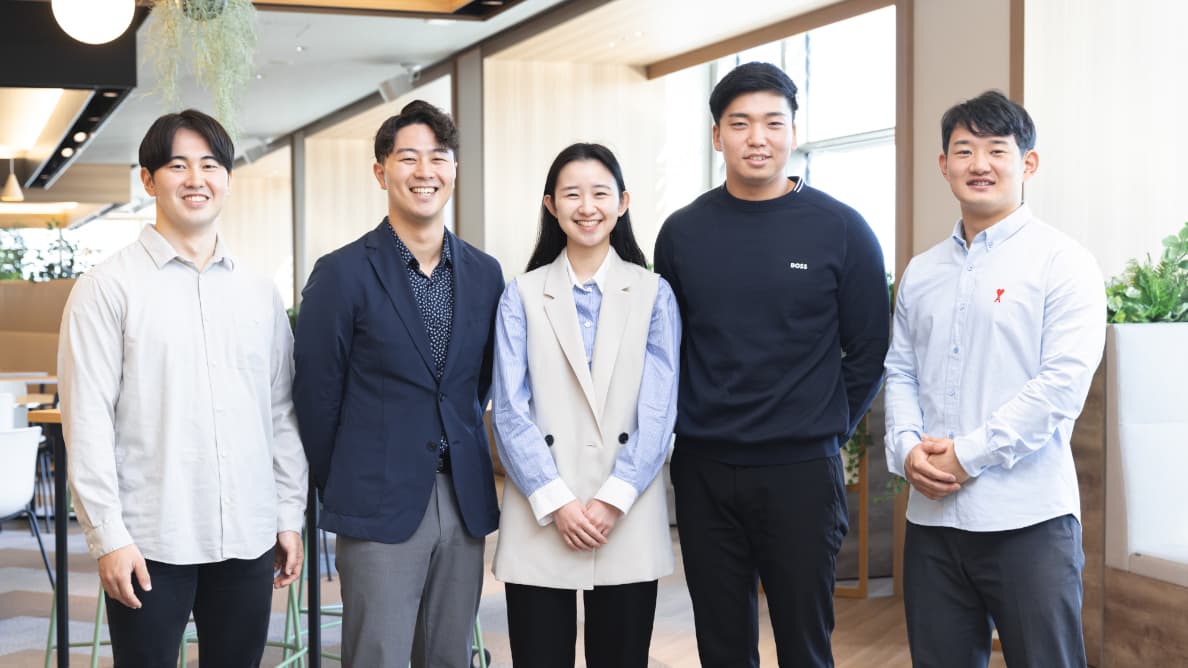
- TOP
- Enriching+TOP
- Transforming Energy Storage Into Core Infrastructure: New Storage Battery Challenges for Sumitomo Corporation in Hokkaido
2025.2.28
Business
Transforming Energy Storage Into Core Infrastructure: New Storage Battery Challenges for Sumitomo Corporation in Hokkaido
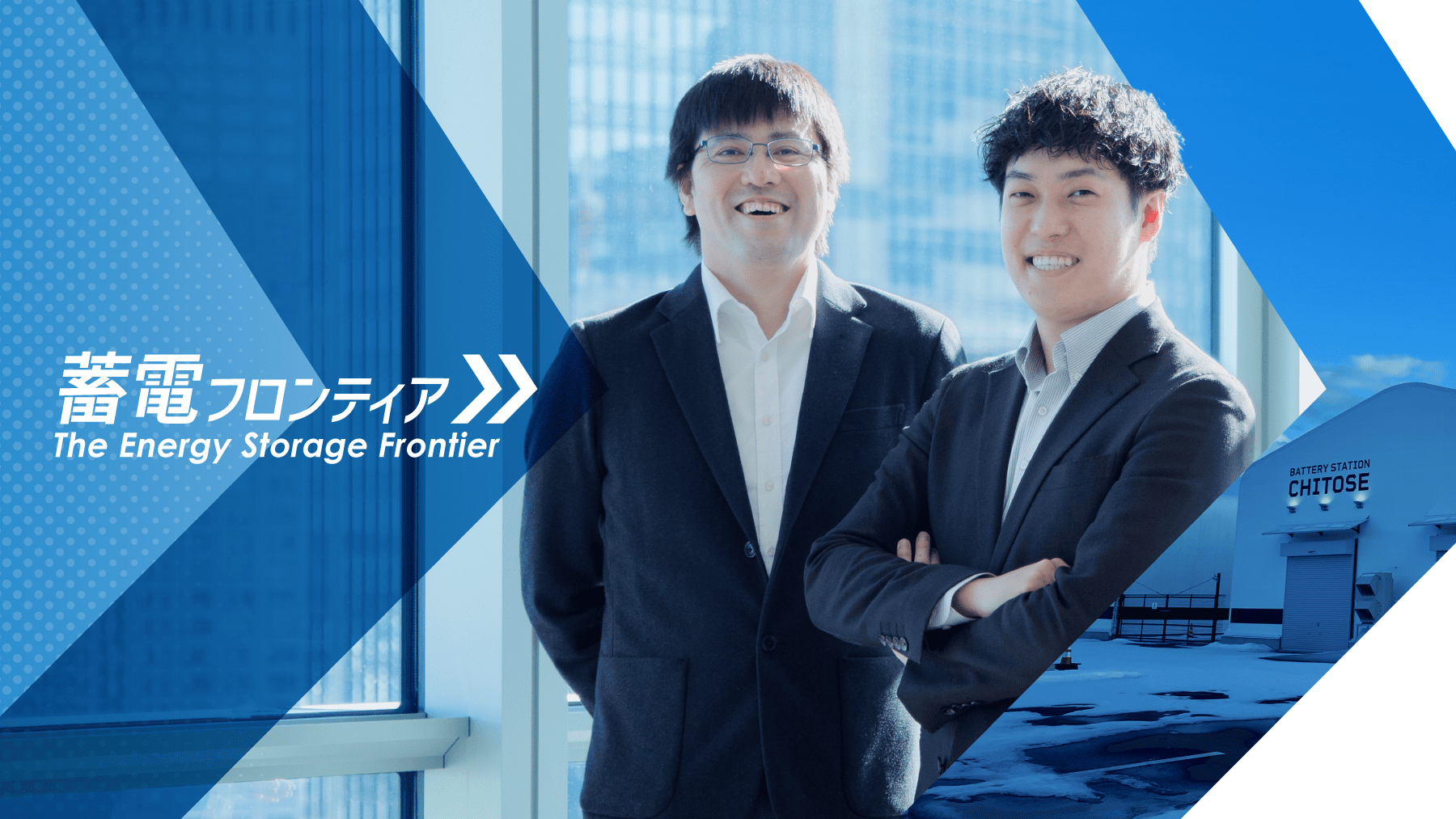
The large-scale energy storage facility “EV Battery Station Chitose” in Hokkaido, began operations in 2023. This facility aims to stabilize the electric grid in Hokkaido and is significant in marking the creation of a new business model for energy storage pioneered by Sumitomo Corporation. Today we spoke with two of the project leaders who continue to work on the project during commercial operations. We learned about their dedication to the facility and their thoughts on the future of the energy storage business.
-
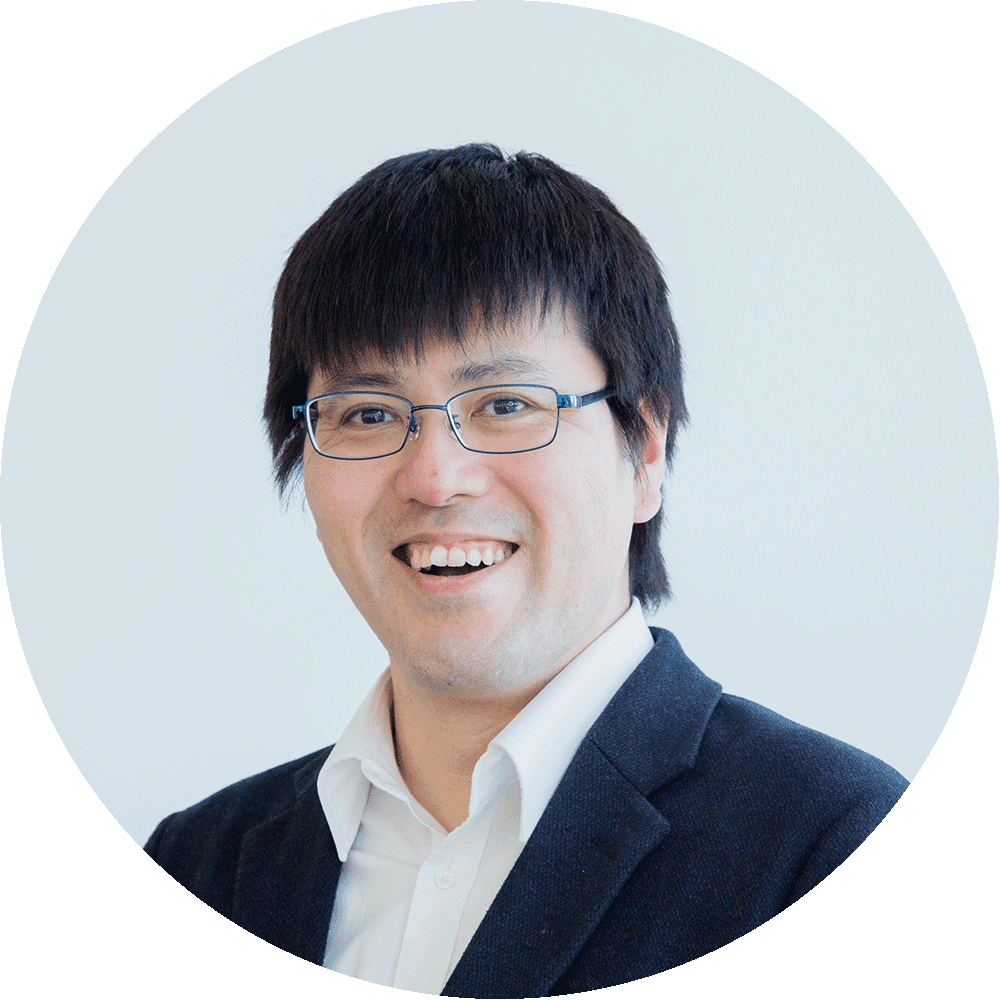
Energy Storage Business Unit, Energy Innovation Initiative SBU, Sumitomo Corporation
Shinsuke Muraoka
Joined Sumitomo Corporation Hokkaido in 2013 from a major power company and was seconded to Sumitomo Corporation in 2023. While in Hokkaido, he worked on trading activities and energy-related operations. Currently, he is involved in BESS operation and the development of new projects in Tokyo. A self-proclaimed video game enthusiast, he is eagerly awaiting the release of a new hunting action game.
-

Electric & Infrastructure Business Department, Sumitomo Corporation Hokkaido
Takafumi Ono
Joined Sumitomo Corporation in 2019 and has been seconded to Sumitomo Corporation Hokkaido since 2023 (currently living in Sapporo). He has been involved in the development of grid-integrated energy storage projects since his second year with the company. In the “EV Battery Station Chitose” project, he took the lead in negotiating and coordinating with power companies, suppliers and government authorities. Currently, he is engaged in energy-related businesses such as hydrogen/ammonia and offshore wind power in Hokkaido, with a focus on energy storage. In his university days, he was dedicated to Yosakoi, traditional Japanese dance.

- 15 Years as a Pioneer in the Field: "When You Think Energy Storage, Think Sumitomo Corporation"
- "To Never Experience Power Outages Again" – What Grid-Integrated Energy Storage Systems Mean for Hokkaido
- It's Ideal If the Benefits of an Energy Storage System Remain Unnoticed
- Energy Storage + (Insert Industry): Potential Only an Integrated Trading and Business Investment Company Can Offer
15 Years as a Pioneer in the Field: "When You Think Energy Storage, Think Sumitomo Corporation"
To begin, can you tell us about the journey of Sumitomo Corporation's energy storage business?
OnoSumitomo Corporation's energy storage business began in 2010 when we established the joint venture "4R Energy" with Nissan Motor to explore repurposing used EV batteries. In FY2013, we launched the world's first demonstration of a BESS using reused batteries in Yumeshima, Osaka. Also beginning in 2015, we advanced grid-integrated energy storage system* experiments on the Koshiki Islands in Satsumasendai City, Kagoshima.
*Storage battery systems that are directly connected to power grids such as power plants and transmission lines to stabilize the grid in the surrounding area.
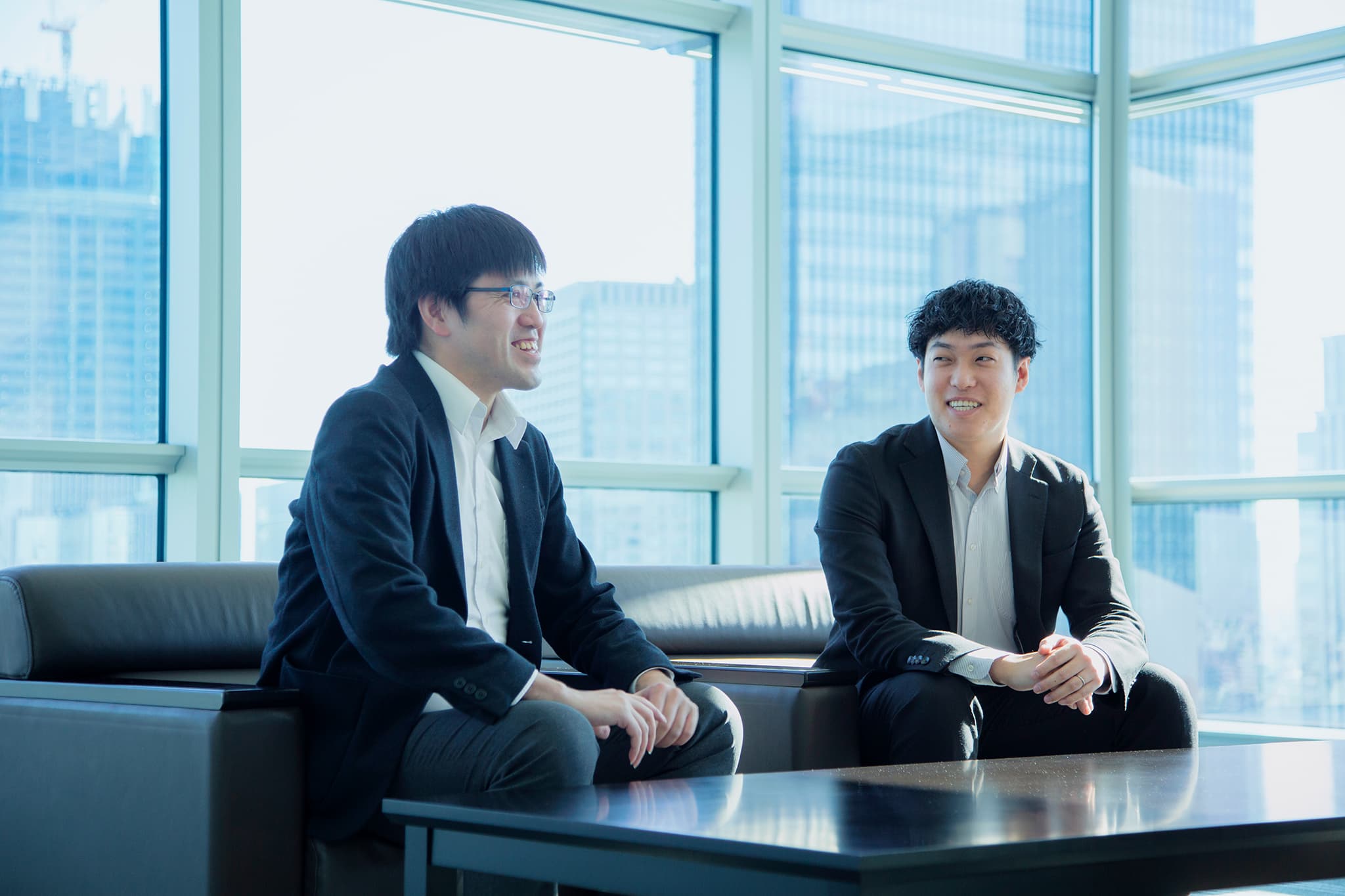
OnoAt the same time, we were engaging in long-term discussions with the government and relevant authorities to establish regulations and safety standards for the energy storage business. Following these discussions, in 2023 we began developing EV Battery Station Chitose, the first grid-integrated energy storage project by a non-electric power company in Japan. The project was successfully completed in September 2023, ahead of the launch of the ancillary market in FY2024.
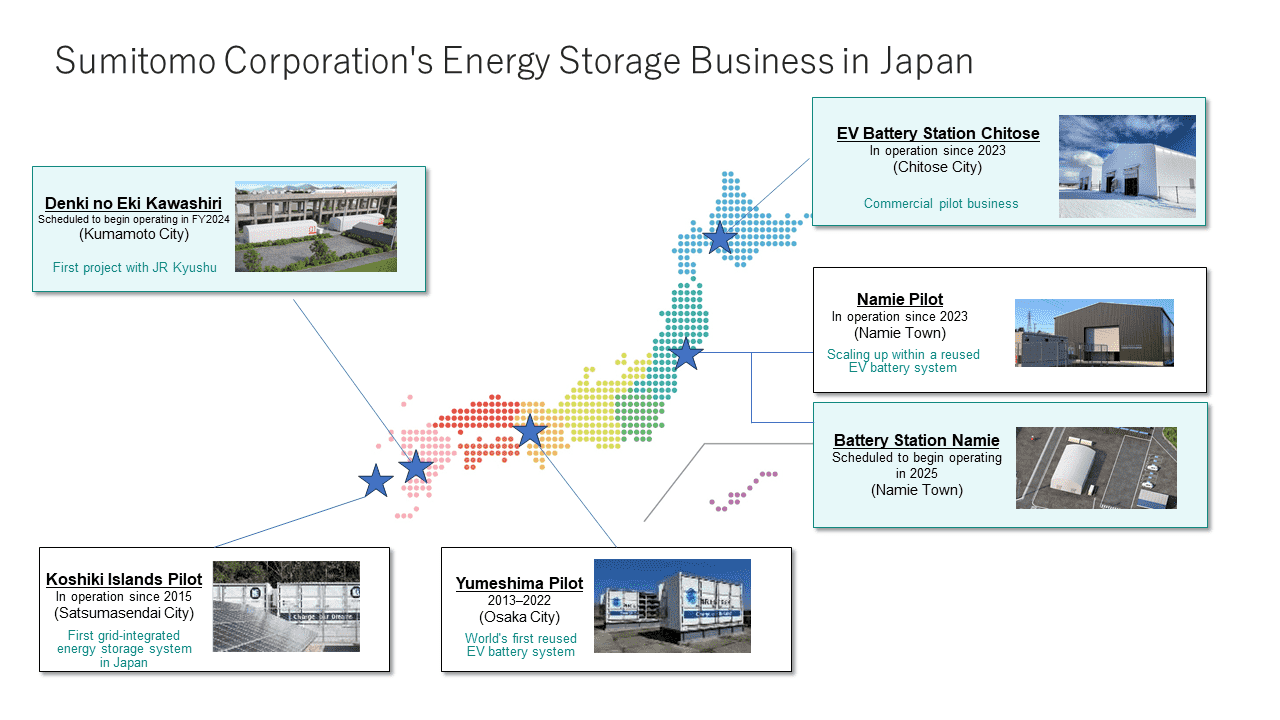
What type of business model is Sumitomo Corporation shaping with its energy storage projects?
OnoThe ancillary market ensures the stability and reliability of the power grid by adjusting the supply-demand balance. If the supply-demand balance is not met, the quality of electricity (its frequency) becomes unstable, and normal supply cannot be maintained. The current business model is about providing "flexibility" to stabilize this balance in the market and generate profit. While flexibility can be provided using conventional thermal or hydropower generation, energy storage systems are more precise and capable of finer adjustment. That's why expectations are high for energy storage in the ancillary market.
MuraokaSumitomo Corporation has been embracing the challenge of energy storage from a time perhaps even before the "dawn" of the business, striving to create something from scratch. For this reason, as pioneers in the field, we have gained recognition from our business partners as the number one company synonymous with energy storage.
"To Never Experience Power Outages Again" – What Grid-Integrated Energy Storage Systems Mean for Hokkaido
What kind of facility is the EV Battery Station Chitose, and why did you choose to use EV batteries?
OnoThis large-scale energy storage facility in Chitose was built with the goal of improving the supply-demand balance of electricity in Hokkaido and alleviating congestion in the power grid. The facility uses around 700 EV batteries with an output of 6 MW and a storage capacity of 23 MWh, which is equivalent to the electricity used by approximately 2,500 households per day.
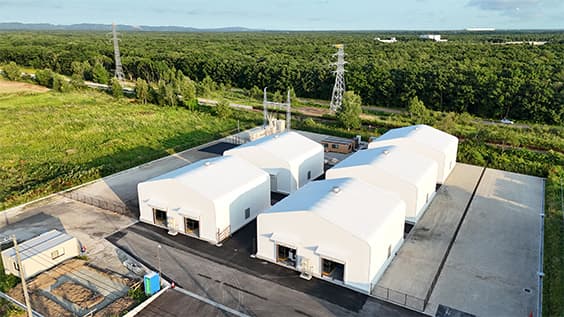
MuraokaThe reason we chose to use EV batteries is because we aim to build an ecosystem that goes beyond energy storage. By repurposing used EV batteries, we not only contribute to reducing the cost of recycling these batteries as demand increases, but we also maximize the use of valuable resources such as rare metals in the batteries. In turn, this contributes to CO2 reductions both from the storage operation and from reducing CO2 emissions during the manufacturing of the batteries themselves.
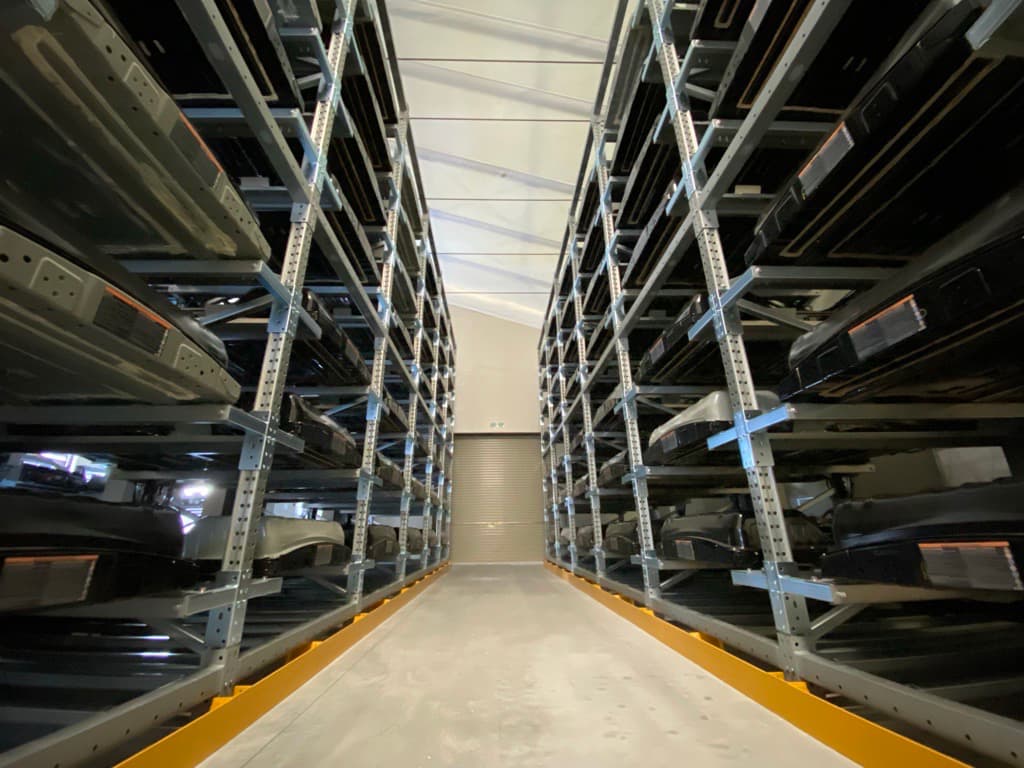
Why did you choose Chitose, Hokkaido for this project?
MuraokaHokkaido has the best renewable energy potential in Japan, with excellent conditions for solar and wind power. However, one major challenge comes in the form of significant constraints on connecting to the power grid, which has been a bottleneck for further expansion. For this reason, we judged that energy storage could play a crucial role in solving this challenge. After visiting a number of sites in and outside Hokkaido, considering factors like location, environment, local government support and collaboration with transmission system operator (TSO), finally we chose Chitose as the ideal site to implement the project.
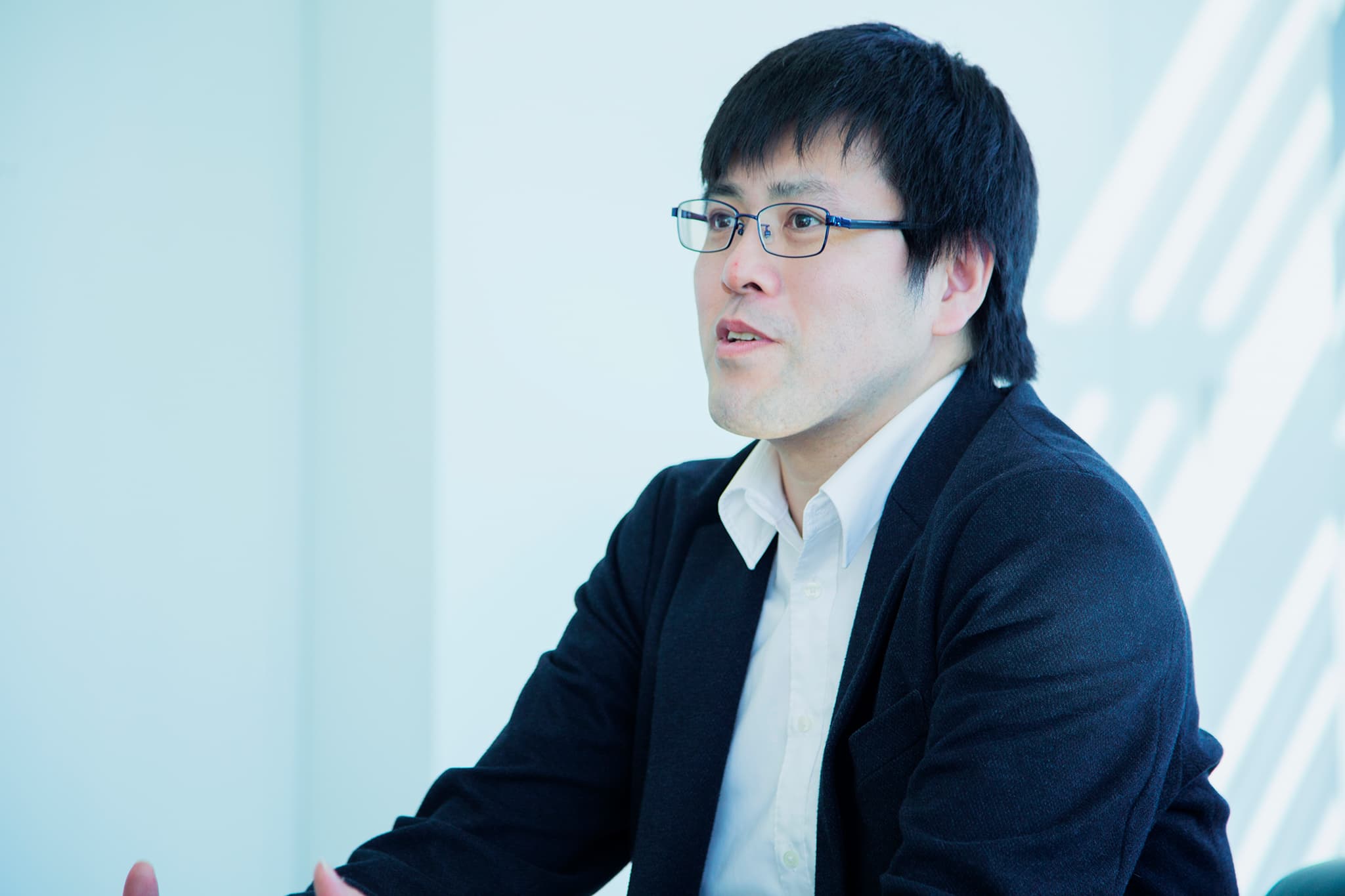
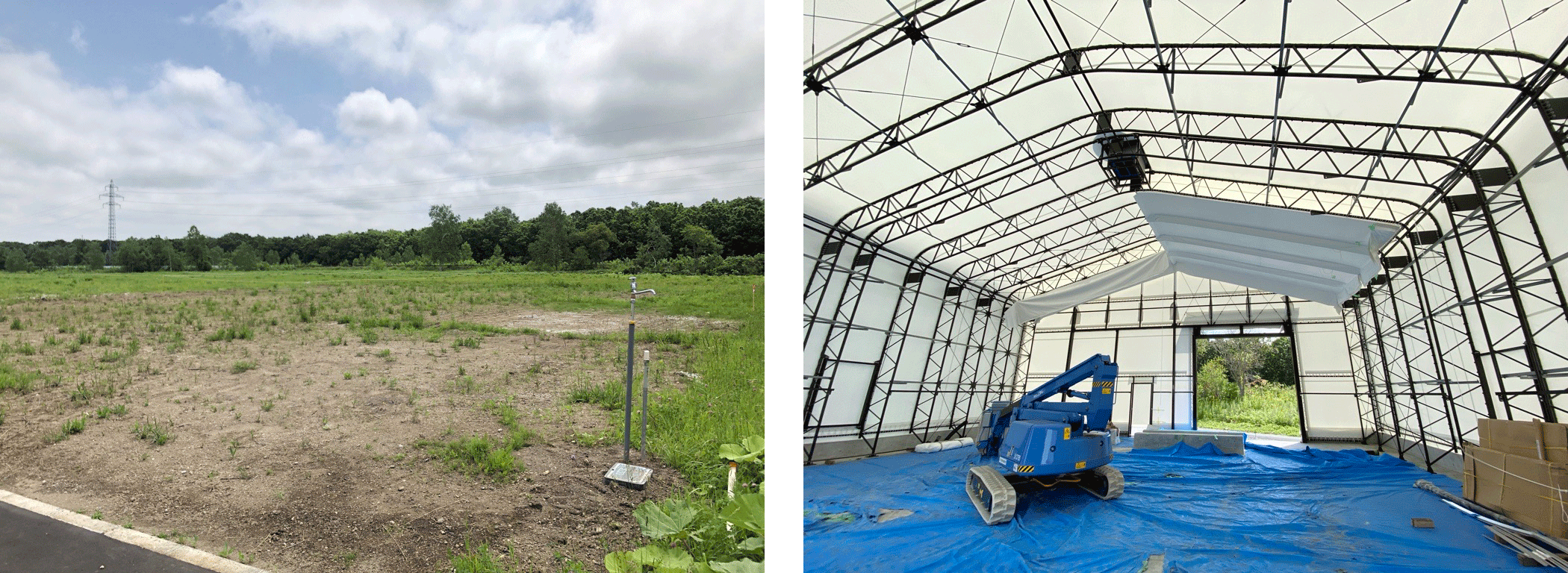
However, when we first approached Chitose City and TSO in 2020, energy storage was still an unfamiliar concept. At first, the response was, "Energy storage? What's that?" We had to start by helping people understand the system and the potential of energy storage. As the person in charge of coordinating and negotiating with local stakeholders, I visited the site frequently and engaged in discussions to explain the possibilities.
OnoDuring the COVID-19 pandemic, it was very difficult to communicate in person. Online meetings weren't as common at that time, and there were many points that could not be fully conveyed without face-to-face meetings. Yet through sheer persistence, we were able to push the project forward without delays. Even now, people from other companies tell us, "It's impressive you managed to discuss things in person during that time."
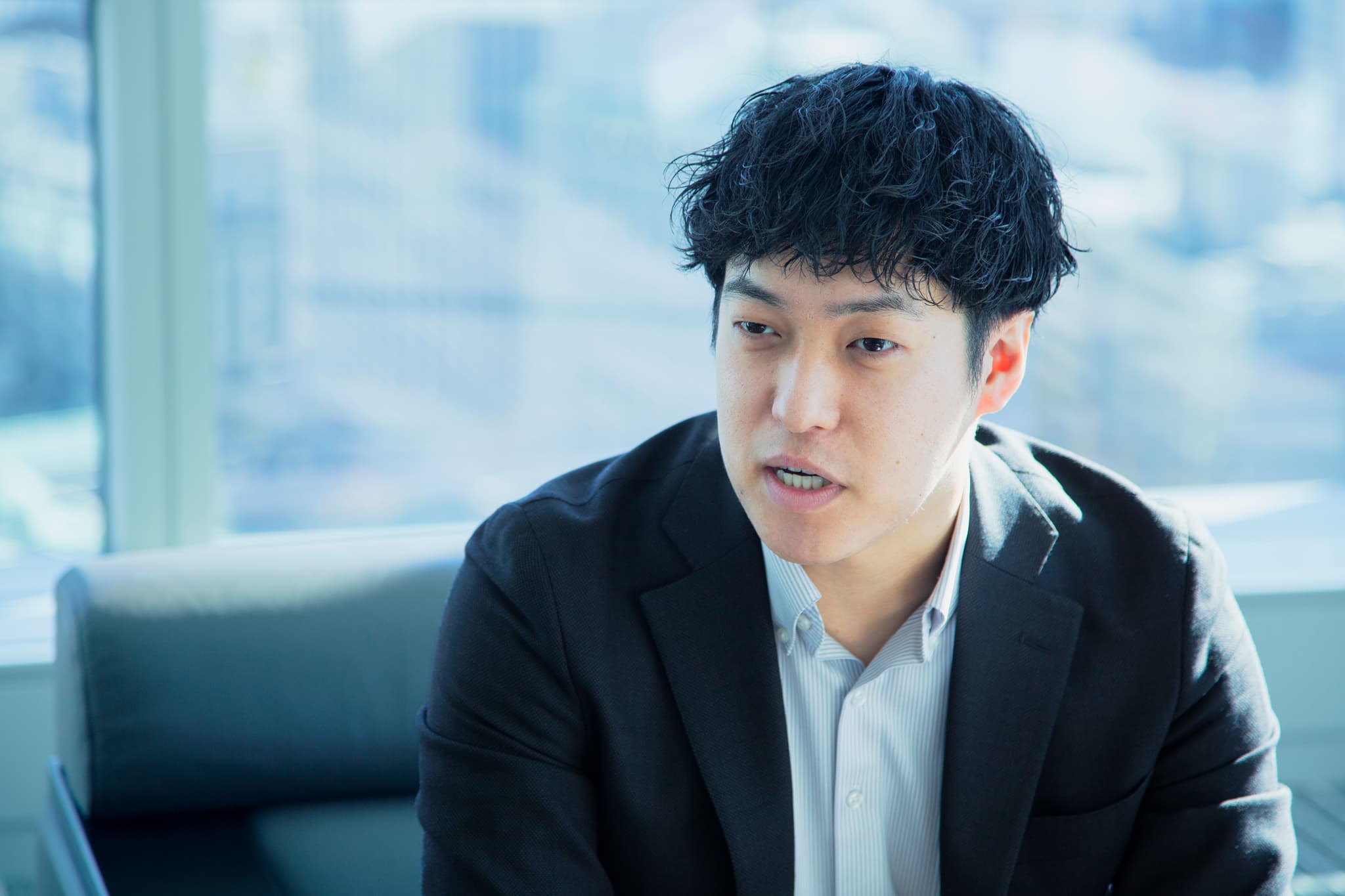
What were key factors in gaining support for the energy storage business?
OnoIn 2018, a major earthquake caused a widespread blackout across Hokkaido, affecting the entire region. A major cause was the collapse of the power supply-demand balance. There was a strong sense among the people of Hokkaido that "we can never let something like this happen again."
MuraokaAt the time, I was living in Sapporo, and some areas were without power for almost a week. That experience made me acutely aware of the importance of a stable power supply.
OnoSince Hokkaido is geographically isolated from the main island of Japan, it’s crucial that the power supply is stabilized within the region itself. Strong awareness of this fact opened people's minds to the potential of energy storage for stabilizing the power grid, which led to positive conversations.
It's Ideal If the Benefits of an Energy Storage System Remain Unnoticed
How did you feel when the facility was finally up and running?

OnoI was fortunate enough to be encouraged by the people at the site to flip the "on" switch for the system. When I did, breathing life into the system, it was honestly an emotional moment. But at the same time, I reminded myself that starting the system is not the end – it's just the beginning of a long road ahead. Until then, previous projects had been a field trial, but the Chitose facility is now directly tied to the region's power supply, impacting people's daily lives. That's why I felt a renewed sense of responsibility and stronger determination to work even harder.
MuraokaWhen the system was switched on, I felt an overwhelming sense of gratitude toward everyone who had worked on the project. Honestly, when we first started, I wondered if this project would even come to fruition – after all, the market didn't even exist at the time. Having worked at an electric utility company before, I knew how difficult it was. But I saw how Ono and other project members lobbied the government persistently and communicated with other stakeholders, contributing to changes in market systems and even regulations. This project served as a lesson that made me realize if you keep pushing, it's possible to make your vision a reality.

What impact do you think the EV Battery Station Chitose will have on the local community and society as a whole?
MuraokaOur energy storage facility contributes to the stable supply of electricity, so it will be valuable not only in normal times but also as a backup in emergencies. With the ability to store a large amount of electricity – enough to power approximately 2,500 households for a day – the local government has expressed a sense of renewed security.
OnoIt's often said that integrated trading companies are invisible, because we're involved in things that are taken for granted. Electricity, for example, is simply expected to flow when you flip a switch. In a way, it's ideal that local communities don't even notice the benefits we're providing. Of course, as a business, it's important to make a profit. But only focusing on profit goes against the spirit of "benefit for self and others, private and public interests are one and the same" that Sumitomo Corporation stands for. Using the Chitose storage facility as a stepping-stone, we want to expand our business further, provide electricity to consumers as a matter of course, and contribute to the global environment by increasing the proportion of renewable energy. That's the kind of impact we want to have.

OnoUntil now, batteries for energy storage were seen almost as a secondary part of power systems. But with changes in laws and regulations, and the opening of new markets, they are now recognized as standalone equipment – just like any power generation plant or energy facility. This will help further accelerate the adoption of renewable energy. At the same time, as they're now treated the same as traditional power stations like thermal or hydropower generation plants, we will have to operate them with even greater caution and safety.
MuraokaRecently, specialized teams focused on energy storage have started popping up in Hokkaido government offices and energy-related companies. This is something we didn't see when we first got involved in energy storage. We've also been fortunate to receive interest from many other companies asking to hear about our experience. We're proud that Sumitomo Corporation has been able to bring a fresh approach to the table.
OnoThat said, it's true that more companies are entering the field, and we can already hear footsteps close behind. This sector is becoming very competitive, so we cannot afford to rest on our laurels. We will continue to explore new paths with enthusiasm and a sense of urgency.
Energy Storage + (Insert Industry): Potential Only an Integrated Trading and Business Investment Company Can Offer
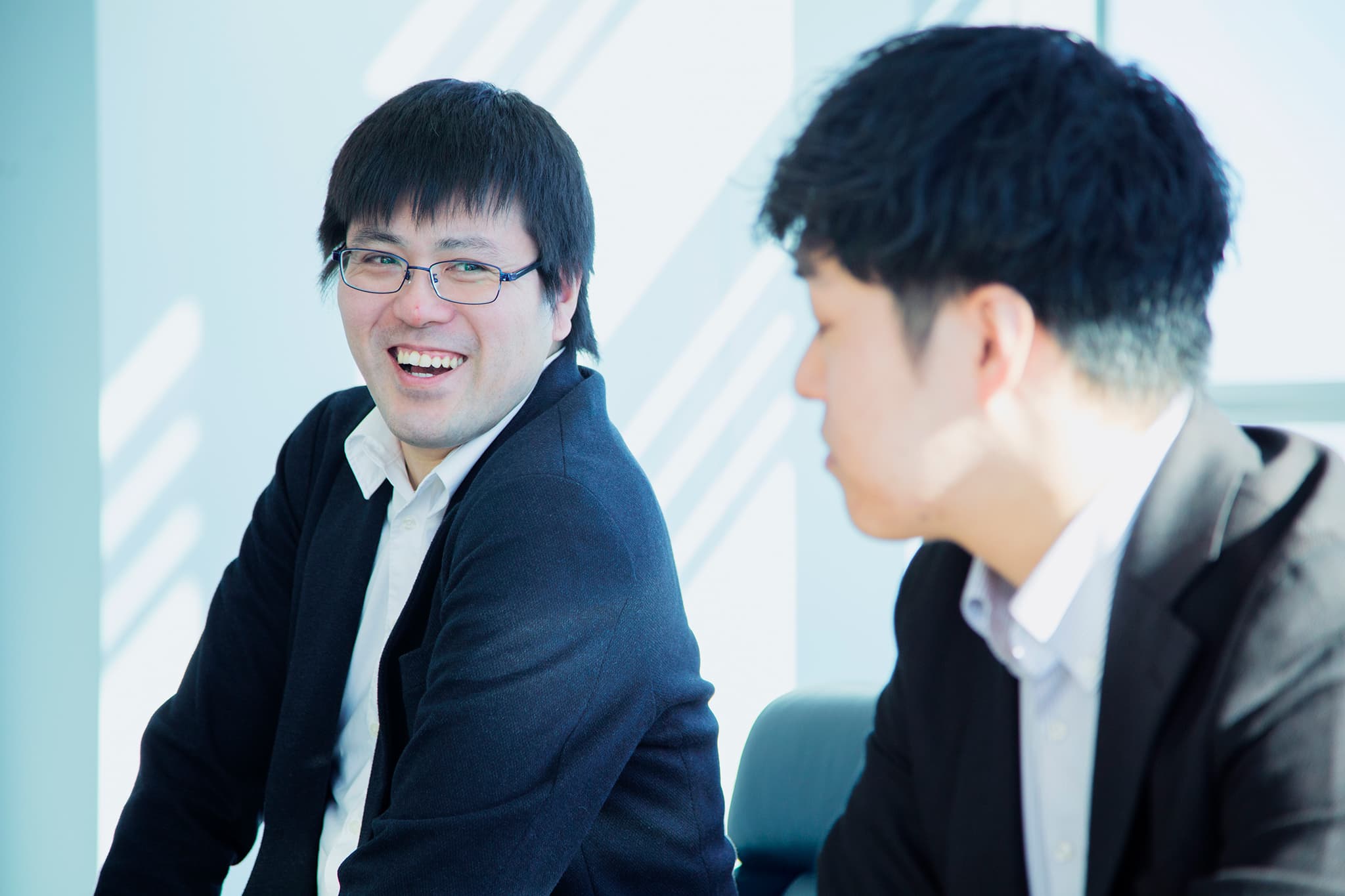
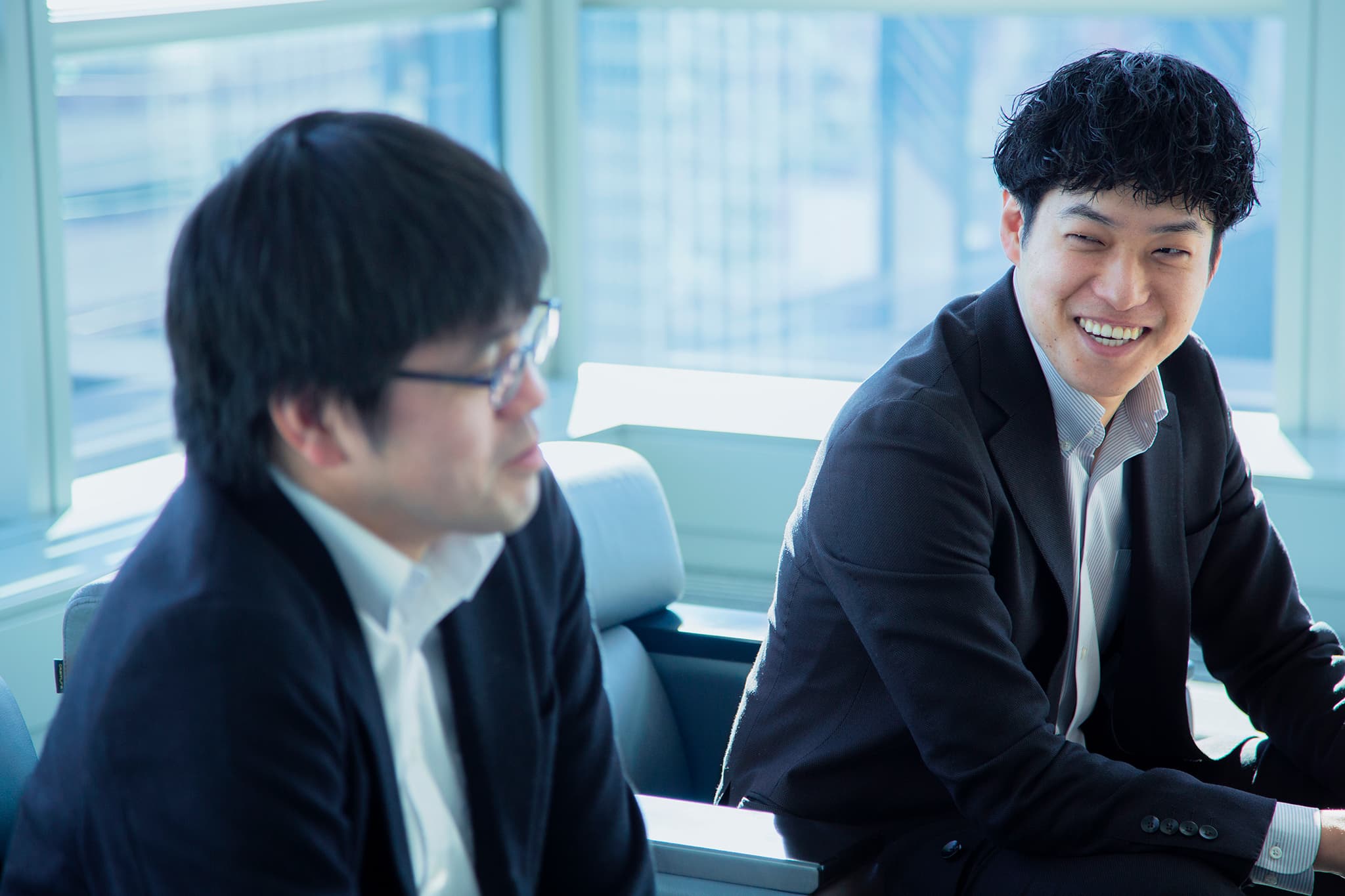
As an integrated trading company, are you considering cross-functional business development or collaborations?
OnoEven before the system started operations, we had already been working with group companies like SCSK and Insight Edge on software development for system operations. We've also established a specialized subsidiary, OPTECH ENERGY. Using the technology developed here, we're exploring the possibility of providing services to other companies. Additionally, we are currently accelerating discussions with other departments about collaboration across diverse units and subsidiaries. The electricity value chain has three key areas: upstream, midstream and downstream. What we are doing now, including the Chitose project, is in the midstream area, focusing on power transmission and the electricity market. However, as mentioned this area is starting to become highly competitive, so we are also exploring what we can do in the upstream and downstream sectors as well.

OnoIn 2024, Sumitomo Corporation undertook a large-scale organizational restructuring. This brought departments that focus on power and energy services onto the same floor at head office. We've been in frequent discussions with people in those departments, asking questions like, "Could we combine offshore wind power with energy storage?" We believe there's also potential for collaboration with Summit Energy, one of our group companies that owns power plants, to use energy storage to optimize power procurement and supply. Additionally, there are opportunities for collaboration with consumer-facing divisions like J:COM. Since all business is inherently tied to electricity, we want to explore every possibility and potential concrete actions.
MuraokaAs an integrated trading and business investment company, Sumitomo Corporation has immense potential, and we are determined to leverage that to the fullest. Now that we've acquired energy storage as a key tool, we're focused on figuring out how to use and apply it effectively. We want to engage in conversations with many companies and explore every available option.
Finally, how do you see Sumitomo Corporation's energy storage business expanding in the future?
OnoActually, we already have plans for several more energy storage facilities across Japan, with the next one following Chitose already under development. Beyond that, we want to expand this system wherever it can be applied effectively. We are also exploring the possibility of expanding overseas. Many countries have made more progress in energy storage than Japan, so it's no use simply copying Japan's approach and trying to apply it elsewhere. We will need to carefully consider where and how we'll compete within the value chain. We must move forward with a carefully considered strategy.

